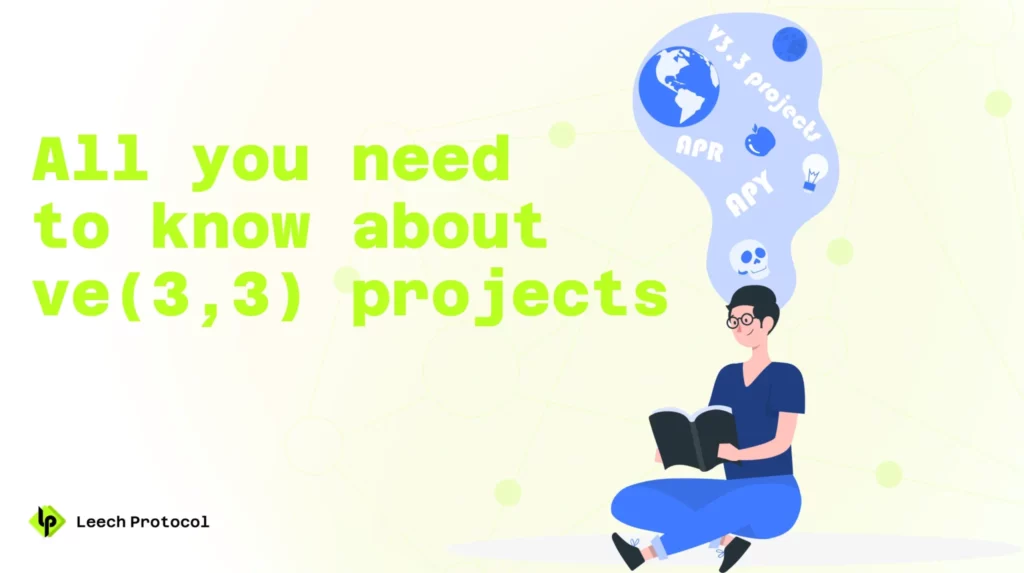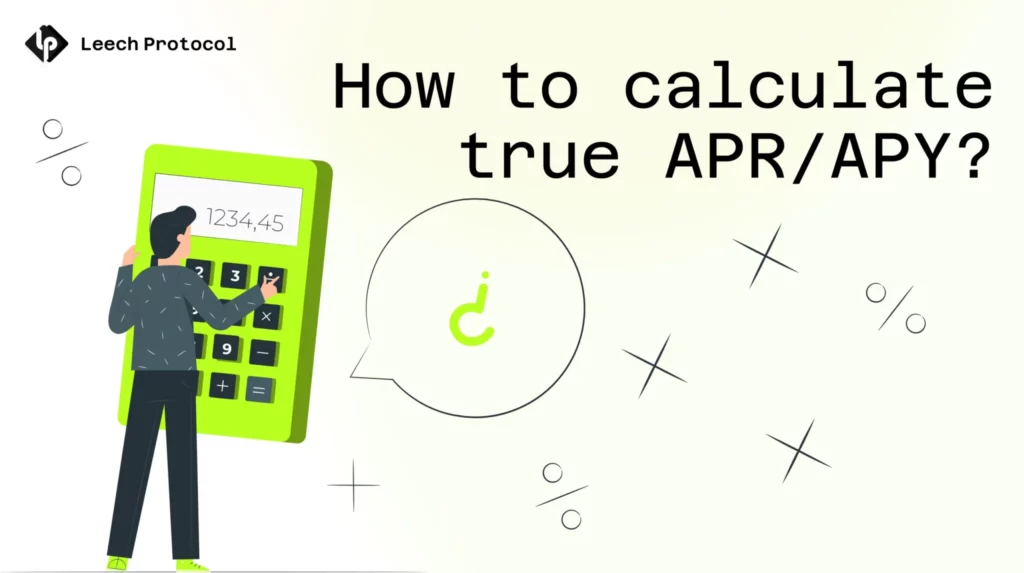All you need to know about Ve(3,3) projects
Home | News & Insights All you need to know about Ve(3,3) projects The presence of deep liquidity in a pool is a crucial requirement for ensuring trading volume and stable prices of a particular token. Every project that launches its own token faces the challenge of attracting liquidity to these pools, in addition to attracting liquidity to its own product. However, the emergence of ve(3,3) protocols in the DeFi space helps solve this problem and offers a new perspective on the relationship between liquidity providers and decentralized exchanges (DEX). Let’s take a closer look at the ve(3,3) concept. First and foremost, it’s worth mentioning Andre Cronje and Daniele Sestagalli – two of the most famous builders in crypto. Among their notable projects, one of them is Solidly – a decentralized exchange with the ve(3,3) tokenomics concept. Solidly gained attention when Andre Cronje published a brief article on Medium in January 2022, explaining the tokenomics concept of the new project and naming it ve(3,3). The Origins of ve(3,3) The name ve(3,3) stems from the combination of two tokenomics designs. The first design, ve (Vote Escrow), enables token holders to participate in the governance of a project by locking their tokens for a specific period. This design was first implemented in the Curve DAO project. However, one of the challenges of this design was locked liquidity. Users who acquire voting power by locking their tokens are unable to sell or transfer them until the lock-up period expires. The second design, (3,3), is derived from the concept of “Nash Equilibrium” in the Olympus DAO project. It attempted to set up a tokenomics framework where staking was the most profitable behavior for token holders, while selling tokens was the least profitable. Andre Cronje decided to incorporate a similar equilibrium into the Solidly project, but with more refined incentives. Thus, ve(3,3) © In his Solidly project announcement on Medium (ve(3,3), Andre Cronje outlined the following principles of this design: ve(3,3) Actors The ve(3,3) tokenomics in a decentralized exchange (DEX) involves four key types of participants: ve-token holders, liquidity providers, protocols, and traders. Let’s explore the roles of each of these participants in the overall ecosystem: Is ve(3,3) Concept Thriving? The general principle of ve(3,3) revolves around each participant having their own interests and incentives for mutually beneficial participation. For liquidity providers, it is also attractive that everything happens transparently, and at the end of each epoch, they can know in advance which pool will bring more profitability. By following the voting process, they can secure higher returns compared to the average market. Currently, there are numerous Solidly forks and projects that utilize the ve(3,3) design, each introducing their own additions. Some of these projects, such as Velodrome and Thena, have shown excellent results. Each project makes minor changes to the ve(3,3) concept, such as shifting from dynamic to linear emissions or introducing other modifications to timing and reward structures. For liquidity providers, this allows them to make informed decisions based on reward structures and potential profitability. If you’re interested, you can explore Solidly forks on the DefiLlama website (DefiLlama). If you have any questions, feel free to ask. We’re happy to engage in further discussion! What should you do next? Share: Twitter Facebook Telegram



